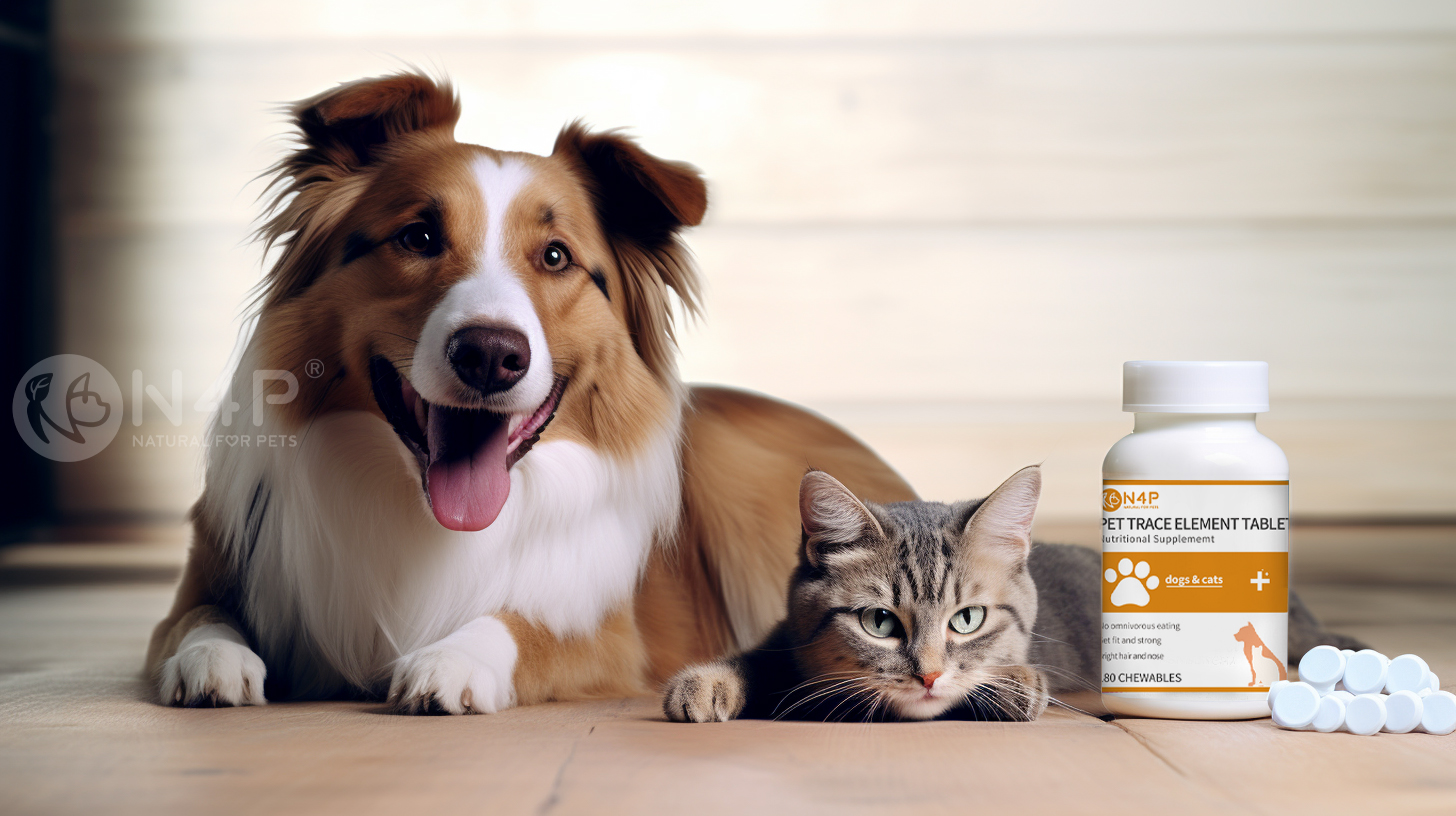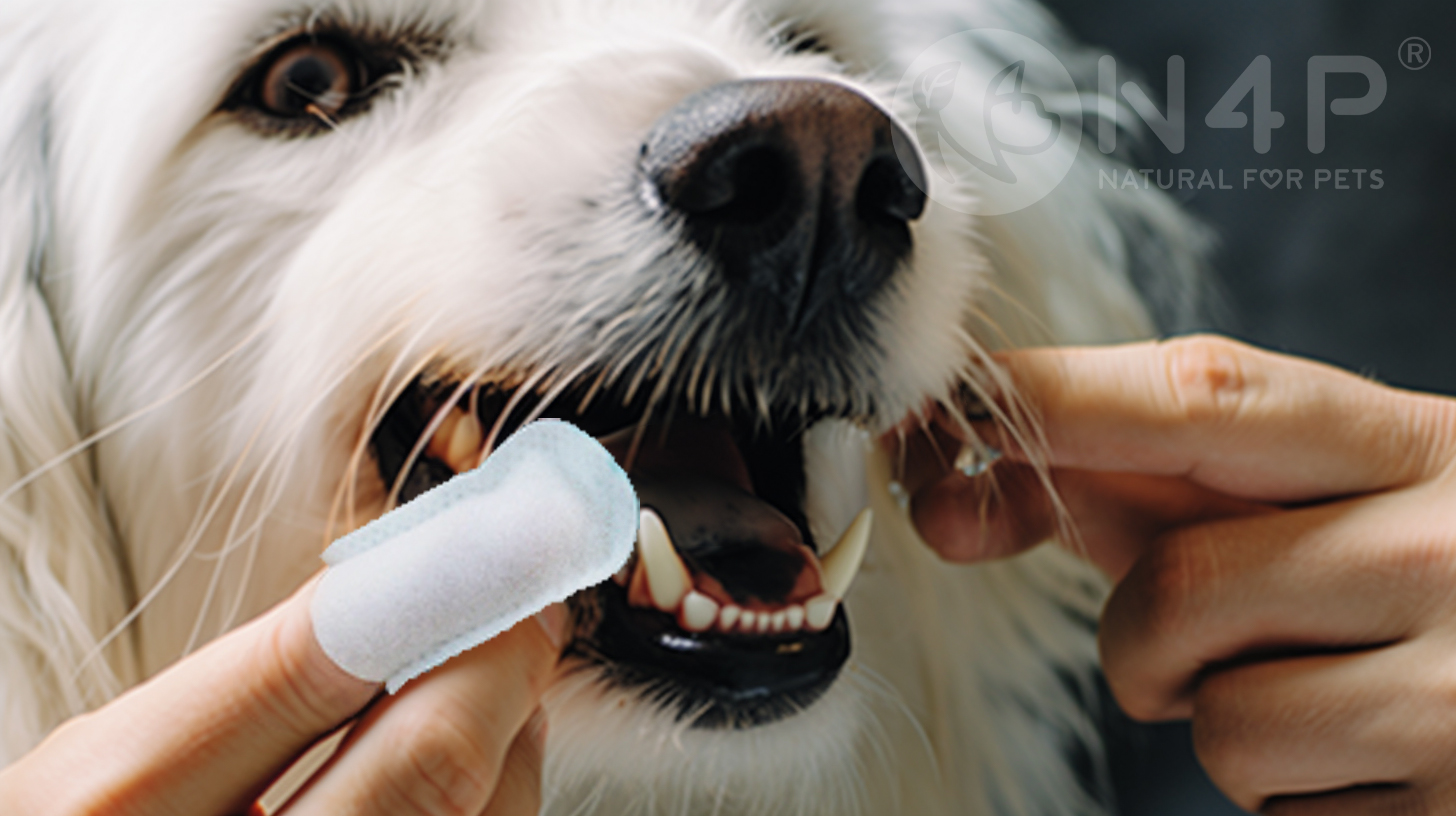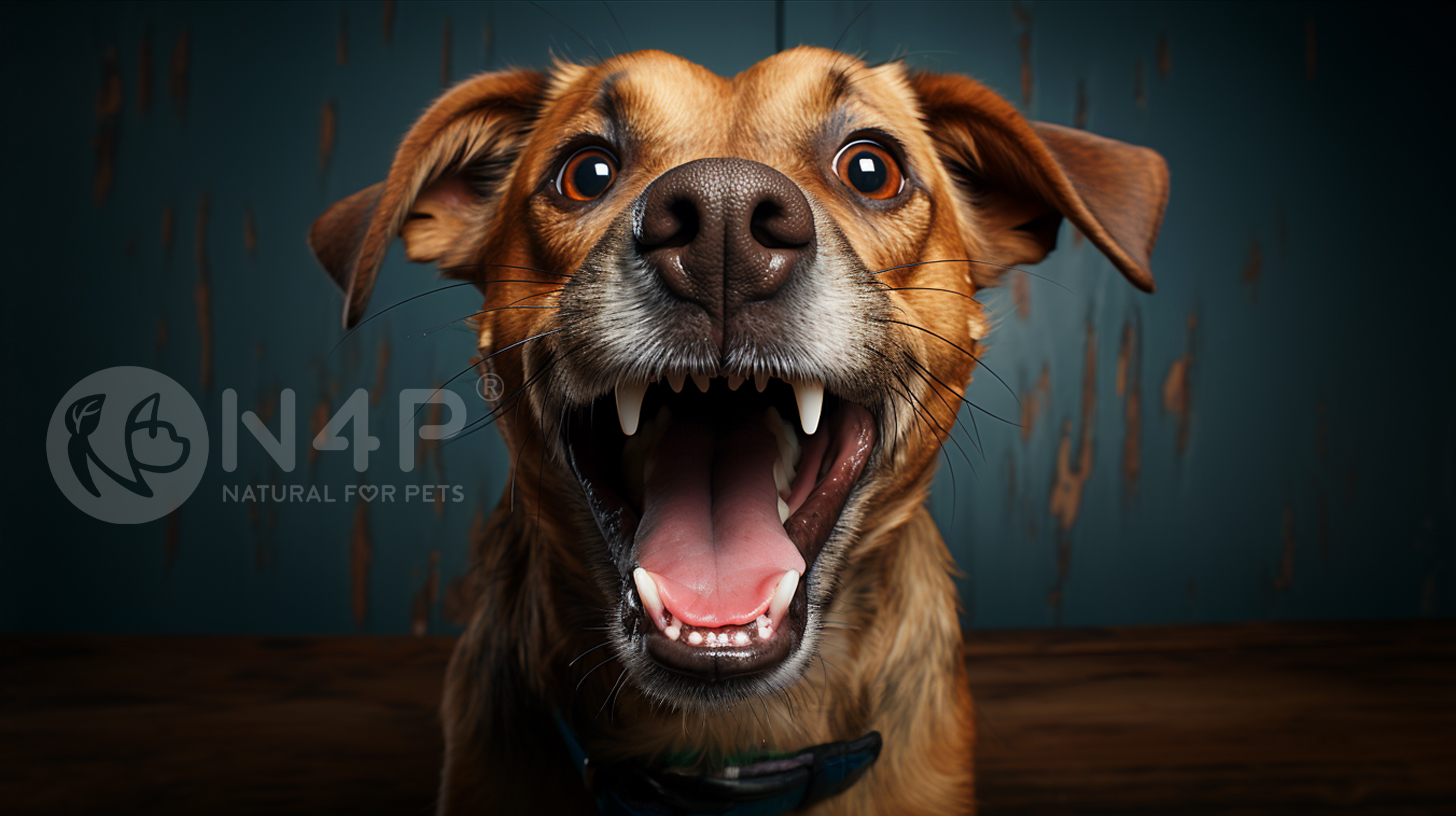How to Pet a Dog & How to Know When You Shouldn’t
Petting a dog: One of life’s greatest pleasures! ![]()
By Sarah Gerrity Updated August 24, 2022 Advertisement Pin FB More Tweet Email Send Text Message Print
On This Page
- Petting a Dog You Don’t Know
- Where and How to Pet a Dog
- When to Avoid Petting a Dog
We've all seen cute dogs at the park or out for a walk, but how do you know if it's safe to pet them? For the benefit of both humans and dogs, understanding a dog's boundaries are essential. To go through the basics of how to pet a dog and when it's okay to pet a pooch you don't know, Jennifer White, a behavior rehabilitation specialist from the ASPCA Behavioral Rehabilitation Center, walks us through the details.

man petting a golden retriever; how to pet a dog Credit: Cavan Images / Getty
How to Approach and Pet a Dog You Don’t Know
First and foremost, White points out that permission is the first step with dogs that don't belong to you. "When meeting an unfamiliar dog, don't immediately reach out to pet her—it's critical to ask her pet parent first," White notes. A simple "May I pet your dog?" is usually sufficient, but remember that not every dog likes to be petted, especially by strangers.
"With permission, let the dog approach you," White suggests. "If the dog shows an interest in engaging with you and displays relaxed body language such as soft face and eyes (without tension), you can then pet her shoulder or chest."
RELATED: Here's Why It's Not OK to Pet Service Dogs (and What You Should Do Instead)
Always avoid reaching over the dog's head, looming over, or staring at the dog. After a pet or two, take your hand away and see how the dog reacts. "If she leans in for more, that's a signal to continue petting," White says. But it's also important to read the dog's body language constantly, as her emotional state might change. "If the dog does not approach on her own or displays fearful body language or appears unsure, play it safe and admire her from a distance."
Generally speaking, when petting dogs, it's best to avoid petting for extended periods. "Pet for a few seconds and then pause," White recommends. "This pause gives your dog a chance to solicit more petting (by nudging your hand or moving his body into you) or to take a break if he needs one by moving away."
Some important things to remember about how and when to pet a dog:
- Don't touch a dog who is sleeping or eating, or chewing a toy.
- Stay away from a dog who is barking or growling, as well as one who is running loose without a guardian, behind a fence, in a vehicle, or tied up.
Where and How to Pet a Dog

Diagram of the best places to pet a dog Credit: Corinne Mucha
Not all dogs are the same, and White points out that many dogs prefer being pet in different places in different ways. "Many dogs enjoy being petted on the chest and shoulders. Some dogs like being scratched on the rump. Some dogs enjoy firm, even rough petting, while other dogs prefer a more gentle touch."
RELATED: The Expert Guide on How to Properly Pet a Dog
Most dogs prefer soft pets (not pats) on their back and chest. Stick to these areas when petting a dog for the first time. When a dog is more familiar with you, they might enjoy some scratches on the head and ears, and some belly rubs. And when your dog is relaxed and clearly enjoying being petted, you can experiment with some gentle massaging of their muscles. But in any situation, White recommends petting for 3–5 seconds, and then pausing to see how your dog reacts to make sure he's enjoying it before you continue.
When to Avoid Petting a Dog
Understanding canine body language is important for both dog owners and dog enthusiasts alike. Since dogs can't speak to us, their body language is a great line of communication, allowing us to understand how a dog is feeling at any given point.
No matter who a dog belongs to, White recommends avoiding a dog whose body language indicates that he is feeling anxious, afraid, threatened, or aggressive—even if it's your own dog! Knowing when it's alright to approach a dog and when it's best to give them some space is good for everyone's safety, both dogs and humans alike.
RELATED: Are Dogs Ticklish—and Should You Tickle Them? Here's What a Behavior Expert Recommends
Safety for both people and dogs is of the utmost concern, so understanding when to avoid petting a dog can keep both you and your dog happier.
Signs of Aggression
It's important to note that even the friendliest of dogs can have moments of aggression—when dogs feel threatened, they can exhibit this behavior as a means of protection. So giving the dog its space to feel relaxed is essential!
One of the first identifying factors of aggression is that the dog might try to make himself appear bigger, White says. "His ears may be up and forward, the fur on his back and tail may stand on end or puff out, and his tail may be straight up—it may even wag." His stance may be stiff and straight-legged, and dogs in this mode will look straight at their targets, and even move towards what he thinks is his approaching threat. Some dogs will bare their teeth, growl, lunge, or bark. When a dog exhibits this behavior, it's best to avoid approaching him. White says that continued approach toward a dog showing this body language could result in a bite.
RELATED: What Is a Reactive Dog? An Expert Explains
Signs of Anxiety
"An anxious or scared dog may try to make himself look smaller," White explains. "He may shrink to the ground in a crouch, lower his head, repeatedly lick his lips, put his tail between his legs, flatten his ears back and yawn."
Anxious or fearful dogs might also hide behind something to retreat from what they perceive as an approaching threat—but if they feel defensive and have no wear to hide, they might snarl or bite. Additionally, White says they might avoid eye contact or lie very still, and even roll onto their back to expose their stomach when they're scared. If you're approaching a dog with signs of fear or anxiety, it's best to give them some space, and help them understand that you're not a threat.
White also points out that many dogs can show a combination of these body postures, especially when they feel both threatened and anxious, and that you're better off avoiding any dog that's showing signs of fear, aggression, or anxiety. "It's important to realize that a wagging tail or a crouching body doesn't always mean friendliness, White notes. "It is important to look at the whole dog when reading their body language and not just focus on one body part."







